Roy DeCarava
The photographer who chronicled black lives
Roy DeCarava
1919–2009
Roy DeCarava, who has died at 89, became one of the country’s most acclaimed photographers by creating simple yet striking images of everyday African-American life, especially in Harlem. His most memorable pictures—sweat-stained workers trudging home at day’s end, a girl in an immaculate graduation gown standing in a trash-strewn street—informed white Americans about a world few of them knew.
The Week
Escape your echo chamber. Get the facts behind the news, plus analysis from multiple perspectives.

Sign up for The Week's Free Newsletters
From our morning news briefing to a weekly Good News Newsletter, get the best of The Week delivered directly to your inbox.
From our morning news briefing to a weekly Good News Newsletter, get the best of The Week delivered directly to your inbox.
The son of a Jamaican-born mother who raised him alone, DeCarava studied art at New York’s Cooper Union and the Harlem Community Art Center, said The New York Times. “He trained to be a painter, but while using a camera to gather images for his printmaking work, he began to gravitate toward photography.” DeCarava was drawn by the medium’s “immediacy,” feeling that he could use a camera to convey what he called “a creative expression, the kind of penetrating insight and understanding of Negroes which I believe only a Negro photographer can interpret.” In 1952 he won a $3,200 Guggenheim Fellowship, the first black photographer to receive the grant.
“Shadow and darkness became hallmarks of DeCarava’s style,” said the Los Angeles Times. “He shot in black and white, creating highly impressionistic images, and printed in a style that produced velvety shades of gray and black.” Among his major works was The Sweet Flypaper of Life (1955), a book with text by Langston Hughes. “The book captures images of a community busy at the art of living: A black matriarch wearing her good hat pauses on the street to give a warm, confident smile. A man in a plaid flannel shirt sits at his kitchen table holding his baby boy.” DeCarava also took many candid shots of such jazz greats as John Coltrane, Duke Ellington, and Miles Davis, whom he once captured “stooped over his trumpet like a man in a private conversation.”
DeCarava shot for such magazines as Look, Sports Illustrated, and Life, had retrospectives at many major museums, and received the National Medal of Arts, in 2006. His wife and three daughters survive him.
A free daily email with the biggest news stories of the day – and the best features from TheWeek.com
-
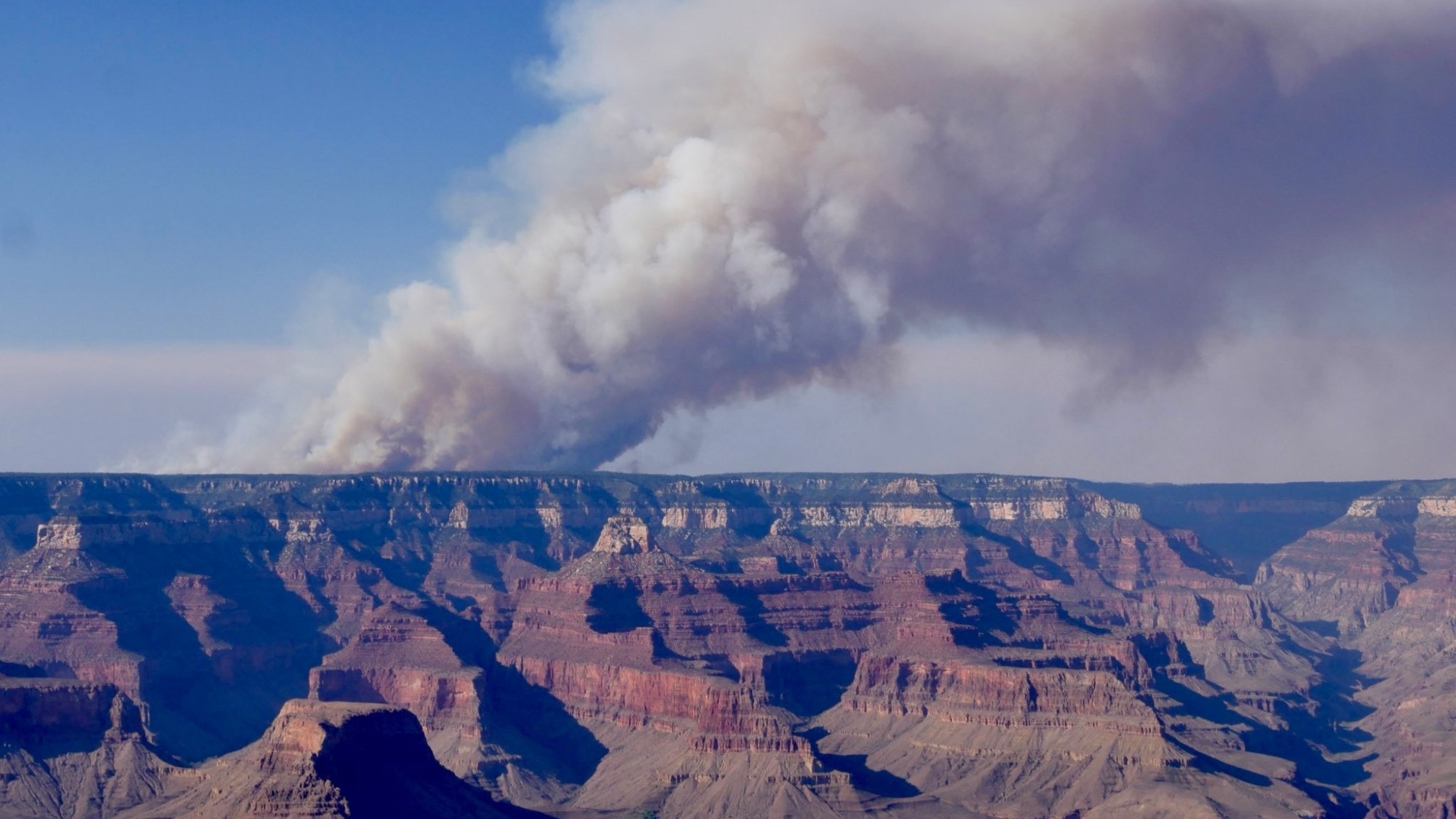 ‘Managed wildfires have spread out of control before’
‘Managed wildfires have spread out of control before’Instant Opinion Opinion, comment and editorials of the day
-
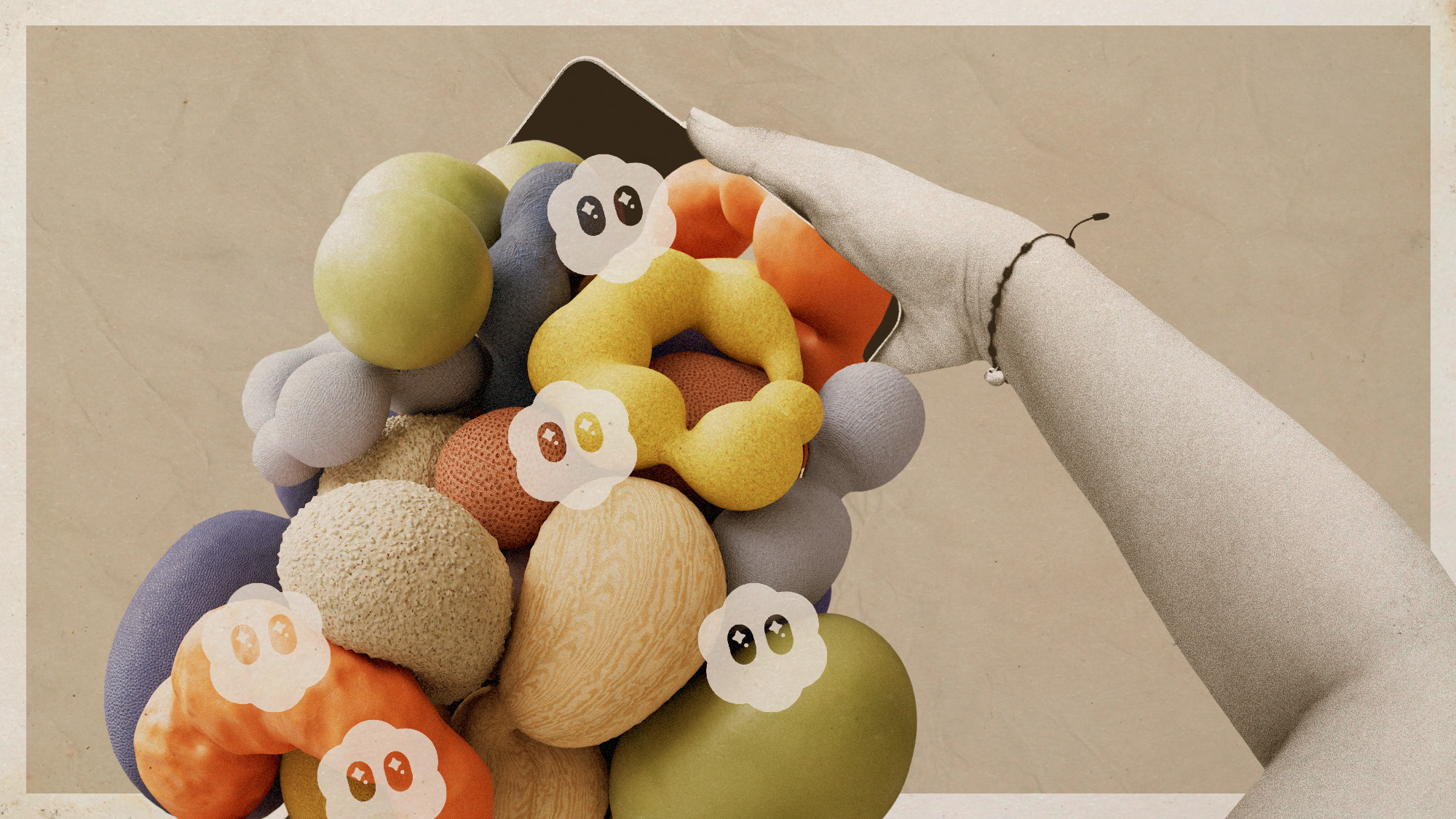 Separating the real from the fake: tips for spotting AI slop
Separating the real from the fake: tips for spotting AI slopThe Week Recommends Advanced AI may have made slop videos harder to spot, but experts say it’s still possible to detect them
-
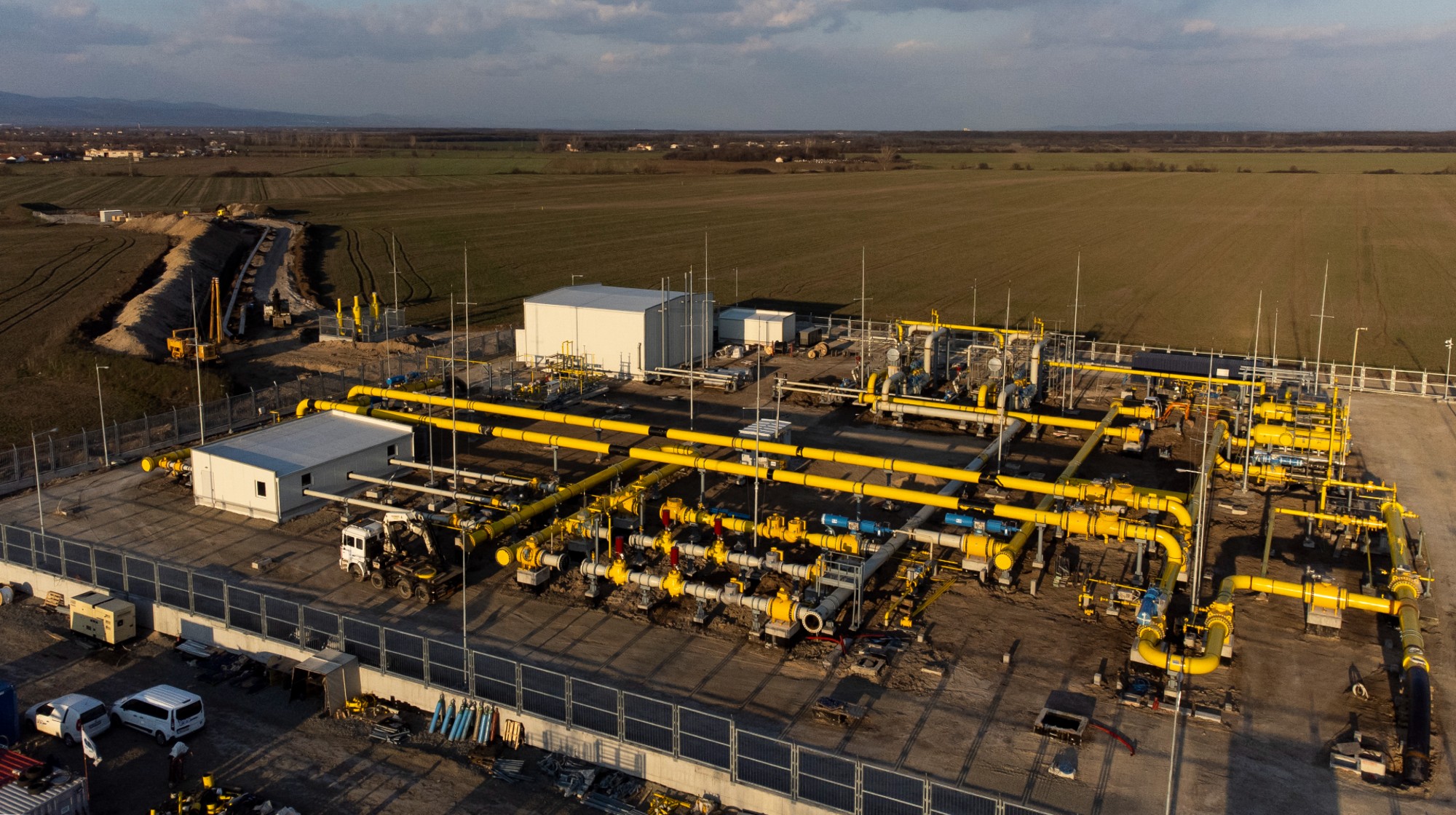 Europe sets 2027 deadline to wean itself from Russian natural gas
Europe sets 2027 deadline to wean itself from Russian natural gasIN THE SPOTLIGHT As international negotiators attempt to end Russia’s years-long invasion of Ukraine, lawmakers across the EU have reached a milestone agreement to uncouple the continent’s gas consumption from Moscow’s petrochemical infrastructure
-
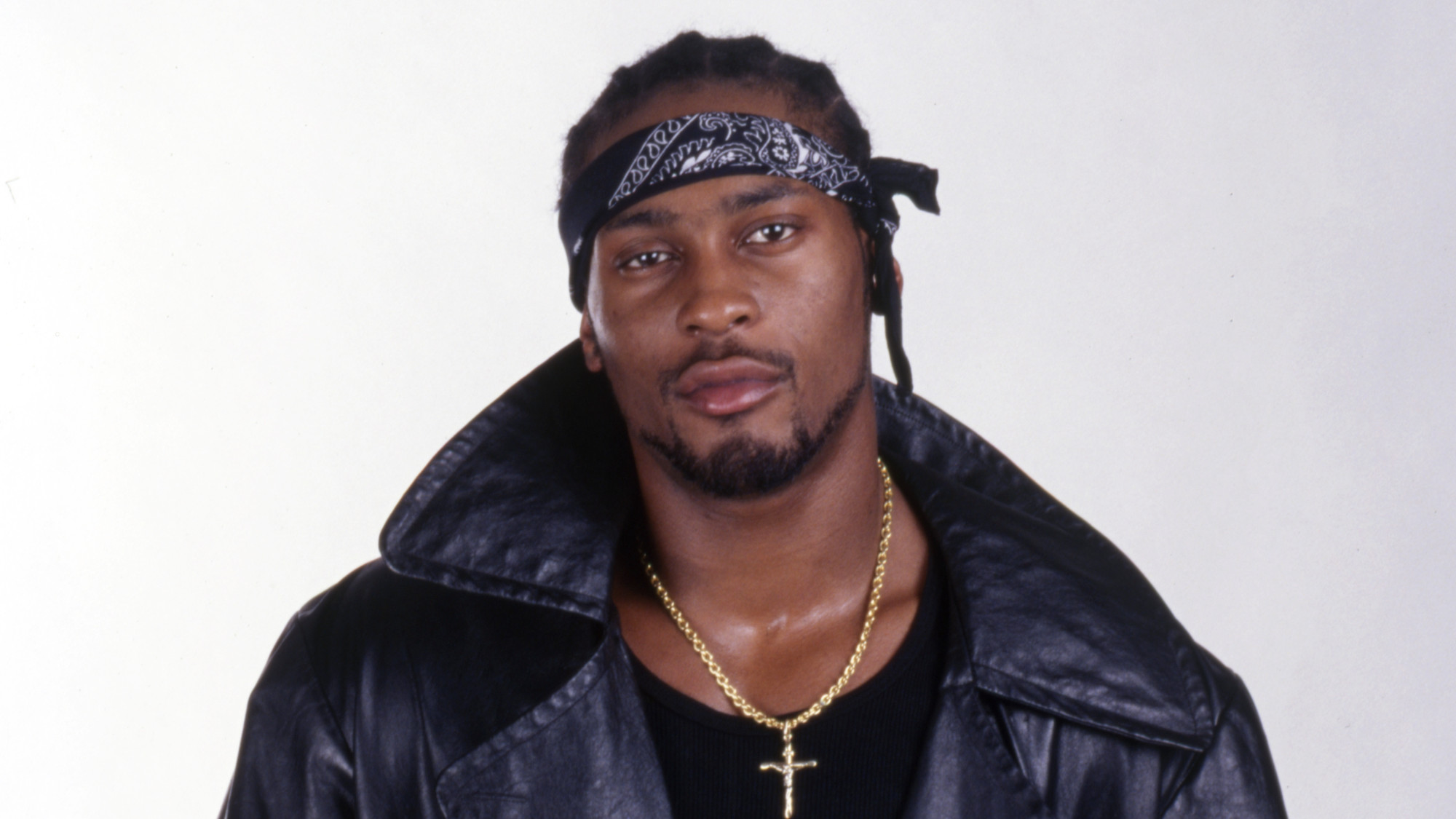 R&B singer D’Angelo
R&B singer D’AngeloFeature A reclusive visionary who transformed the genre
-
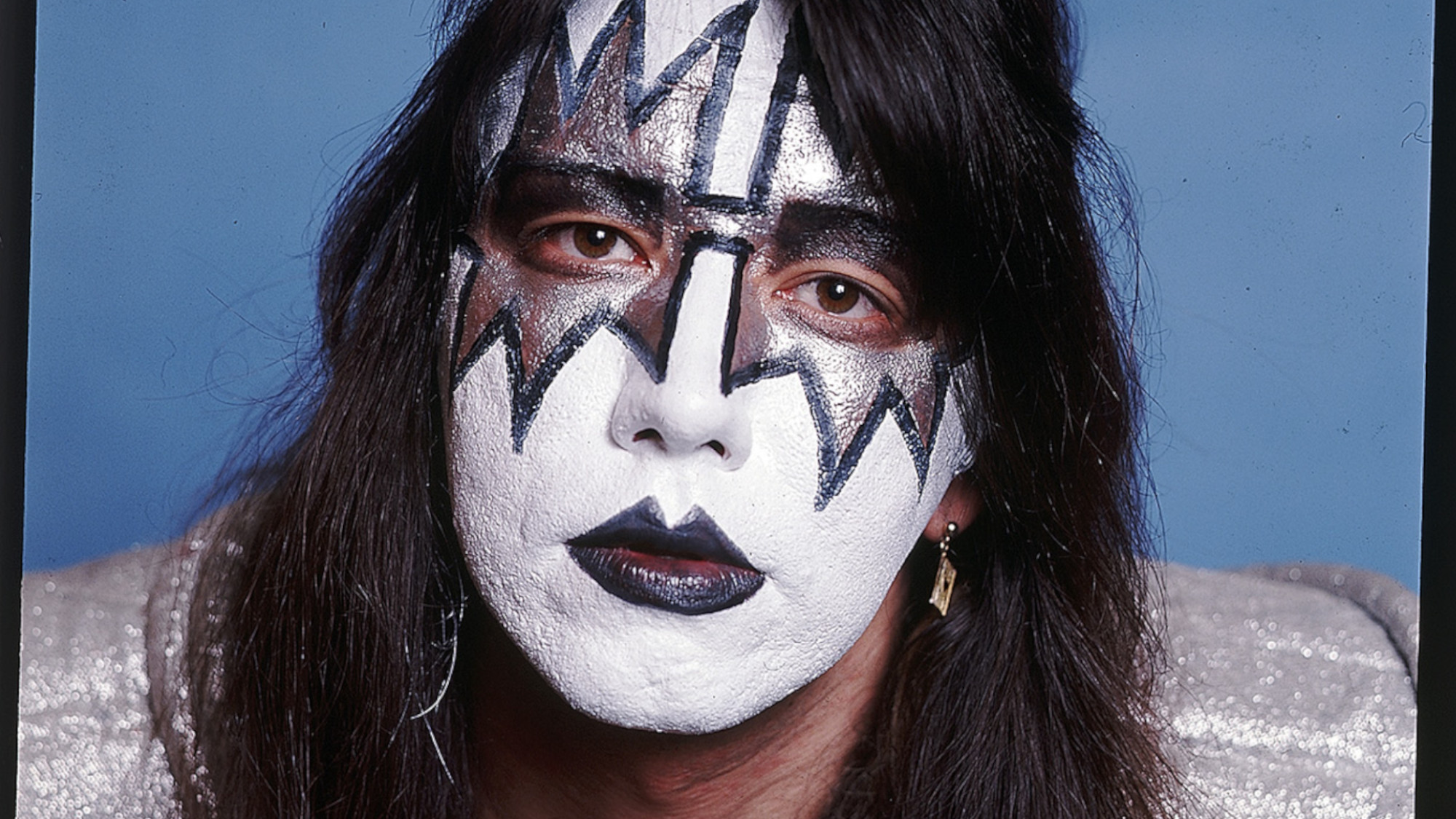 Kiss guitarist Ace Frehley
Kiss guitarist Ace FrehleyFeature The rocker who shot fireworks from his guitar
-
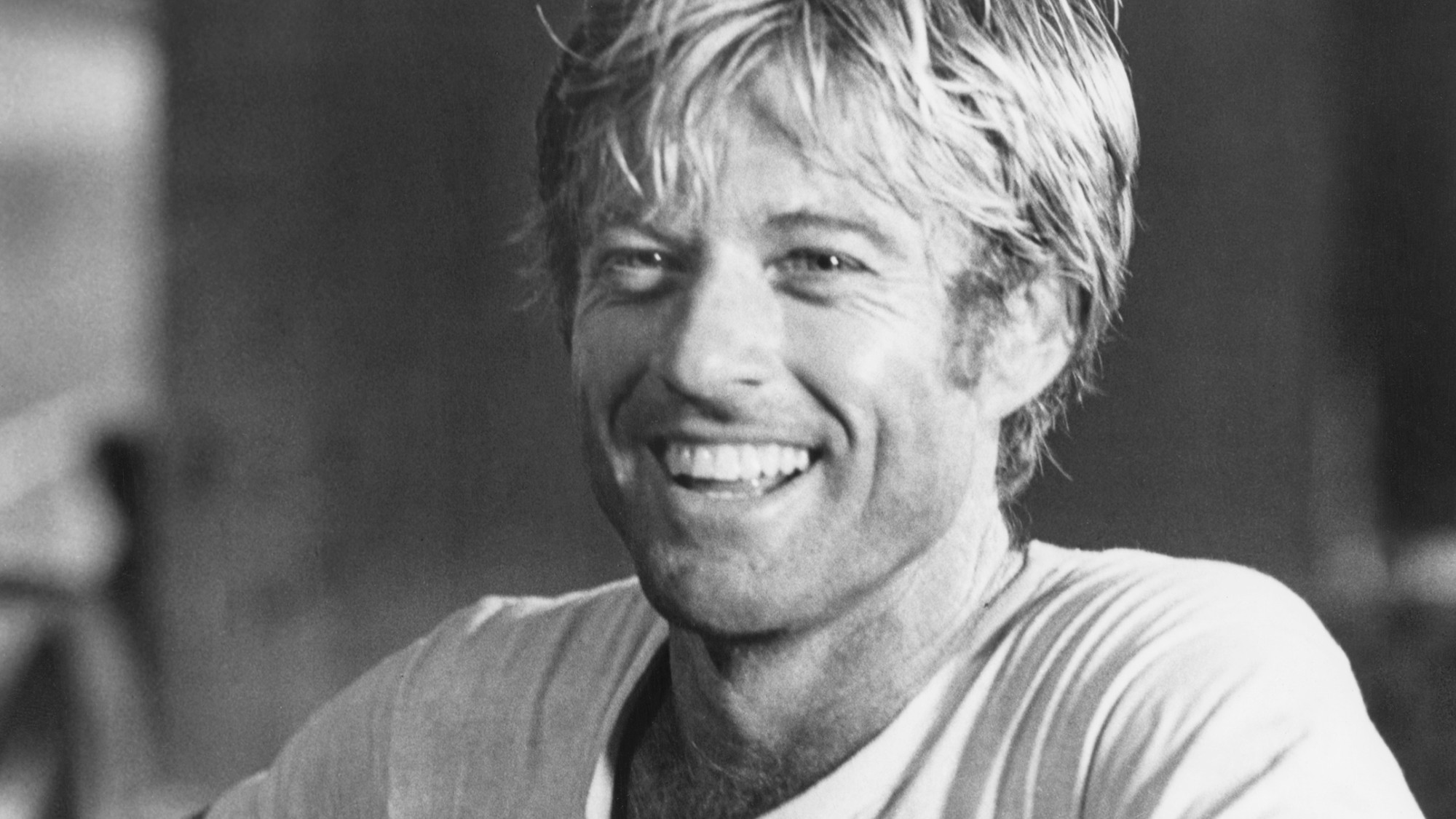 Robert Redford: the Hollywood icon who founded the Sundance Film Festival
Robert Redford: the Hollywood icon who founded the Sundance Film FestivalFeature Redford’s most lasting influence may have been as the man who ‘invigorated American independent cinema’ through Sundance
-
 Patrick Hemingway: The Hemingway son who tended to his father’s legacy
Patrick Hemingway: The Hemingway son who tended to his father’s legacyFeature He was comfortable in the shadow of his famous father, Ernest Hemingway
-
 Giorgio Armani obituary: designer revolutionised the business of fashion
Giorgio Armani obituary: designer revolutionised the business of fashionIn the Spotlight ‘King Giorgio’ came from humble beginnings to become a titan of the fashion industry and redefine 20th-century clothing
-
 Ozzy Osbourne obituary: heavy metal wildman and lovable reality TV dad
Ozzy Osbourne obituary: heavy metal wildman and lovable reality TV dadIn the Spotlight For Osbourne, metal was 'not the music of hell but rather the music of Earth, not a fantasy but a survival guide'
-
 Brian Wilson: the troubled genius who powered the Beach Boys
Brian Wilson: the troubled genius who powered the Beach BoysFeature The musical giant passed away at 82
-
 Sly Stone: The funk-rock visionary who became an addict and recluse
Sly Stone: The funk-rock visionary who became an addict and recluseFeature Stone, an eccentric whose songs of uplift were tempered by darker themes of struggle and disillusionment, had a fall as steep as his rise